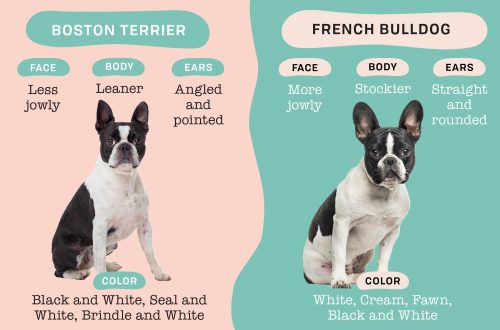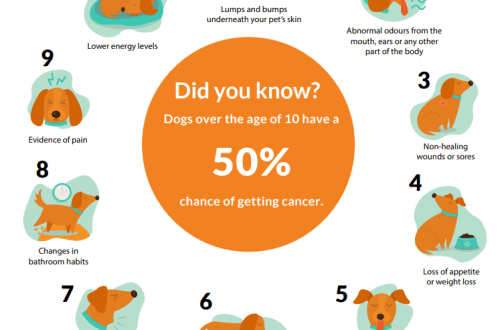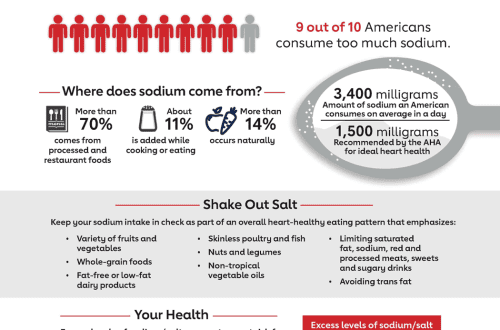
What to do if your dog has fleas
There are few things as annoying to a dog owner as dog fleas. They bite painfully and in some cases carry diseases. Flea infestation is unpleasant but manageable and with little effort can be cured or prevented.
Who are they?
The first step to eliminating fleas is to study their life cycle in detail. Fleas are small, wingless insects that feed on blood. They are usually visible to the naked eye, but if your dog has a dark coat, it will be easier for you to see them on the skin. One way or another, you will have to hunt them.
Life cycle stages
The life cycle of a flea has four stages: egg, larva, pupa and adult. Adults lay eggs in batches of 20. The eggs are laid on the host but quickly fall to the ground. Flea eggs are very small, oval in shape and gray or white in color.
After the egg matures, it hatches into a larva that primarily feeds on debris such as faeces, dead insects, or plant matter. Within one to two weeks, the larva weaves a cocoon and pupates for another one to two weeks. Then adults hatch, which must immediately find a host that will become a source of food (blood) for them.
Different types of fleas usually settle on different hosts. The type of flea that you are most likely to find on your dog does not parasitize humans, however, there are exceptions.
Prevention
It is much better to take measures to prevent flea infestation than to try to eradicate them later. Unfortunately, it is difficult to predict a possible source of flea infestation until it appears.
Thorough cleaning with a vacuum cleaner, especially in the corners of rooms, cracks in the floor and walls, and cleaning of upholstered furniture is very important to remove eggs, larvae and cocoons of fleas.
If your home has never had fleas before, it is most likely that your dog brought them in from the street.
If you have established that the invasion occurred after a trip to a certain place (for example, visiting a friend), then in the future you should always wash and comb the dog after returning from that particular place. Use a fine-toothed comb and pour soapy water into your palm to drown the fleas.
If an outside source of infestation is as close as your front lawn, there’s little you can do other than take extra precautions when fleas are at their peak.
Identification of signs of invasion
You can be sure a dog has fleas if it itches or bites a lot, or if it develops a skin rash. Also an accurate indicator of infestation are eggs or flea droppings (dark, hard grains of overcooked food) both in wool and on bedding.
Treatment
Your veterinarian can recommend several treatments to quickly get rid of fleas and their eggs. This usually involves killing the adults (and turning your dog into a walking death for fleas) or weakening the larvae.
Since such methods usually only work on fleas at one stage of their life cycle, it is important to thoroughly wash your dog’s bedding in addition to any treatment.
Do not use flea control products not recommended by your veterinarian. As always, your veterinarian should be consulted before starting any type of treatment.





